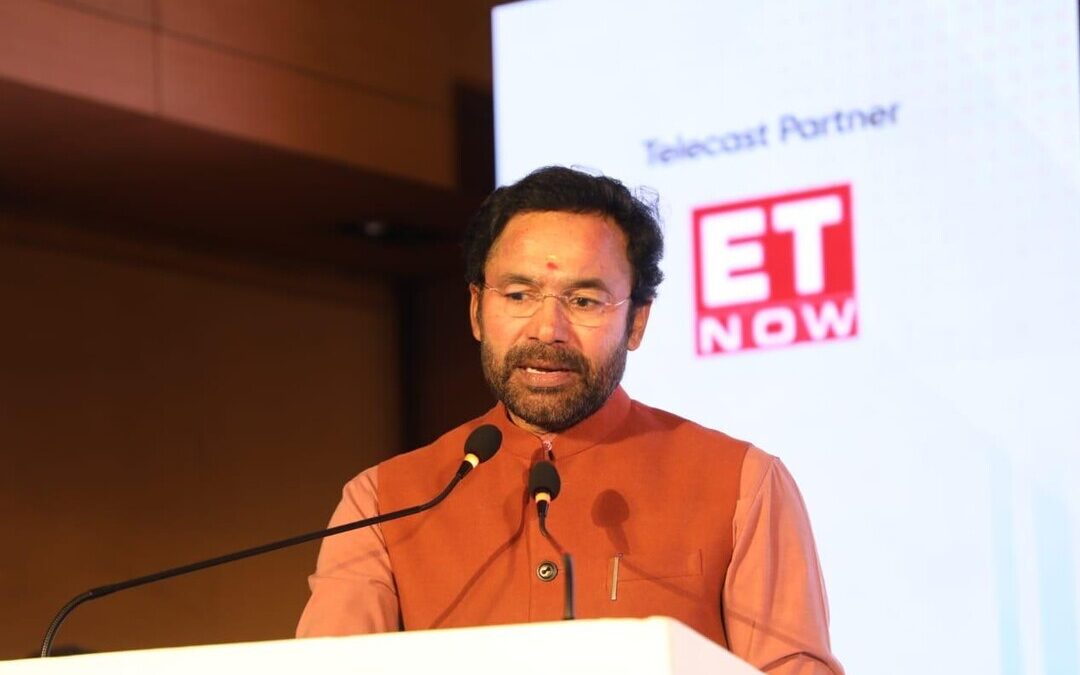India’s Coal, Mineral Sectors Target Green Growth Amid Surging Energy Demand
India advances coal, minerals and renewables to balance energy demand with sustainability, fueling green growth nationwide.
India’s coal and mineral industries are undergoing a historic transformation, balancing rising energy demand with green growth, Union Coal and Mines Minister G. Kishan Reddy said on Tuesday.
Coal production and dispatch crossed 1 billion tonnes in fiscal 2024-25, according to the minister. Demand is forecast to touch 1.6 billion tonnes by 2030, emphasizing the need for a reliable supply.
“To meet this rising demand while ensuring sustainability, we are turning coal into a driver of green growth,” Reddy said at the Energy Leadership Summit organized by the Economic Times.
The Coal Gasification Mission aims to achieve 100 million tonnes by 2030. It is backed by an ₹85 billion ($1.02 billion) incentive scheme. Seven projects are already underway.
Push Toward Renewables
Coal PSUs are expanding into renewable energy to reduce reliance on fossil fuels. They have installed 1,900 megawatts of solar and wind capacity and are targeting 15 gigawatts by 2030. Neyveli Lignite Corp. alone plans to develop more than 10 GW.
The coal ministry is promoting technologies that cut environmental impact. Surface miners, xcentric rippers, continuous miners and high-wall mining machines are being deployed in opencast and underground operations.
Efforts to curb dust and emissions include first-mile connectivity projects to reduce road transport, fog cannons, water sprinklers, and drills with dust extractors. These measures, the ministry says, are becoming standard in large mines.
Land Reclamation and Afforestation
India’s coal and lignite public sector undertakings have ramped up reclamation projects. Since 2019, more than 13,000 hectares of mined land have been restored with plantations. Drones and seed balls are used to expand green cover in areas that have been disturbed.
From fiscal 2025-26, PSUs aim to add 2,800 hectares of new plantations. Coal India has set a production target of 537.9 million tonnes from opencast mines and 23.6 million tonnes from underground mines, using blast-free mining technologies to reduce ecological damage.
Reddy said more than 57,000 hectares of mined land have already been reclaimed nationwide. Another 16,000 hectares will be restored by 2030 under Mission Green Coal Regions, reflecting how environmental protection is being aligned with green growth goals.
Mining Reforms and Critical Minerals
India has auctioned 542 mineral blocks, including 34 critical minerals. For the first time, private and junior exploration agencies are engaged. Drone surveys, artificial intelligence modeling and remote sensing are accelerating exploration, with 13 licenses already granted.
Through the National Critical Minerals Mission, India is building strategic reserves and securing overseas assets. State-run Khanij Bidesh India Ltd has acquired lithium blocks in Argentina.
A ₹15 billion incentive scheme for recycling critical minerals, along with new Centres of Excellence, is expected to boost domestic supply chains and research. These measures, Reddy said, reinforce India’s ambition to couple industrial expansion with green growth and energy security.
Reddy said the reforms align with Prime Minister Narendra Modi’s vision of “Viksit Bharat,” a developed and self-reliant India by 2047.
Also Read:
Government Outlines Strategy to Make India’s Coal Sector More Sustainable


